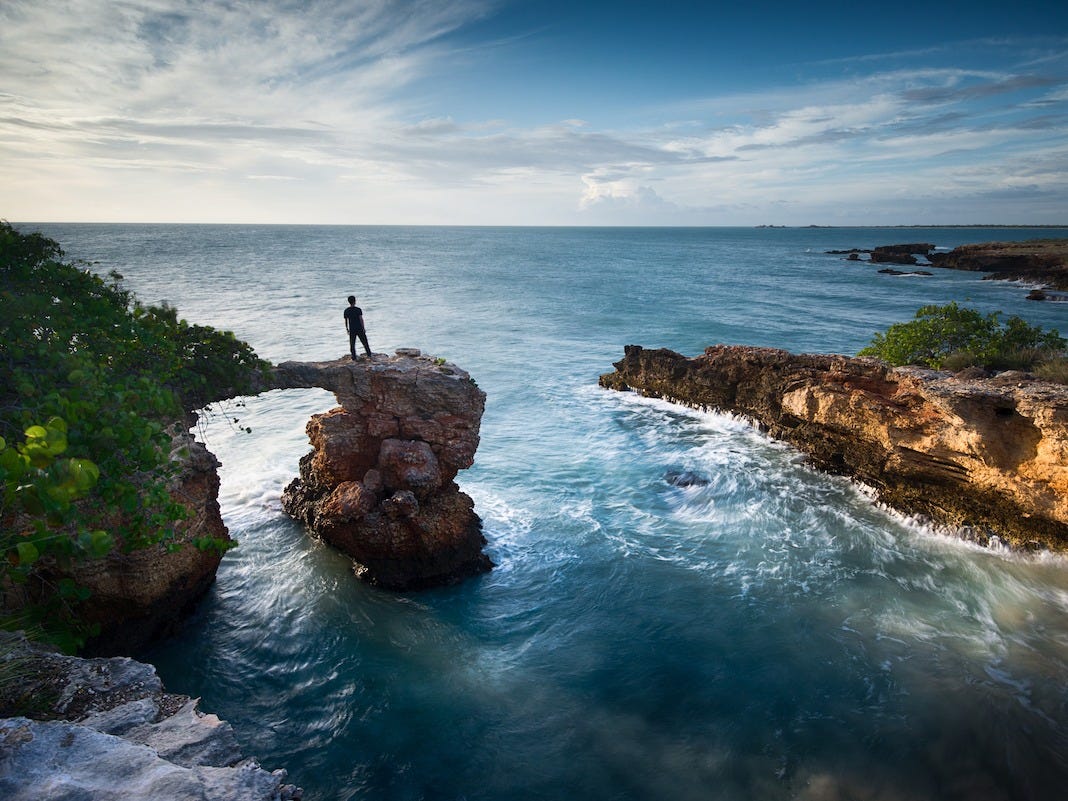- Puerto Rico officials are urging people to only visit the island for essential travel.
- This announcement comes after the US territory planned to reopen to tourists on July 15.
- Due to the increase of COVID-19 cases, Puerto Rico’s government has re-closed all nonessential businesses, extend a curfew, and closed public beaches to sunbathers.
- Borders are still open to travelers, and incoming visitors are required to bring a negative coronavirus test or quarantine upon arrival.
- The Centers for Disease Control and Prevention recommends avoiding all nonessential international travel during this time. If you decide to travel, follow the CDC’s recommendations in its Global COVID-19 Pandemic Notice.
- Visit Insider’s homepage for more stories.
Puerto Rico initially announced that it would welcome international visitors starting July 15.
However, due to the rising number of COVID-19 cases in Puerto Rico, officials announced on July 16 that it’s urging people to avoid nonessential travel to the island, according to Discover Puerto Rico, the island’s official tourism board.
At the time of writing, the US territory has over 12,940 confirmed cases, according to The New York Times, and 185 deaths, according to the Johns Hopkins COVID-19 tracker.
“We’ve reached a level where we need to take more restrictive measures,” Puerto Rico Gov. Wanda Vázquez told the Associated Press.
The island has re-closed nonessential businesses and beaches, and a reopening date hasn't been set.
That being said, visitors can still technically enter the island, but they won't find much open.
Here's what visitors to Puerto Rico can expect
Currently, Luis Muñoz Marín International Airport is the island's only airport open for commercial flights.
Visitors are required to complete an online declaration form in addition to bringing proof of a negative coronavirus test that was administered within 72 hours of arrival.
Travelers who arrive in Puerto Rico without proof of a negative COVID-19 test will be required to quarantine for 14 days or until negative test results are provided to the Puerto Rico Health Department, according to Discover Puerto Rico.

The island has extended its curfew through July 31, so residents and visitors will be expected to be home every day from 10 p.m. to 5 a.m.
Liquor sales on the island end each day at 7 p.m., and bars, clubs, theaters, and casinos are closed.
Restaurants and museums will still be open but are operating at a 50% capacity, according to Discover Puerto Rico. People should expect to have their temperature checked when dining at a restaurant, and if their temperature is over 100.3 degrees Fahrenheit, the restaurant will deny entry.
Puerto Rico has limited the use of public beaches to solo sports and exercise between 5 a.m. and 7 p.m. each day, which eliminates the opportunity for people to sunbathe and sit on the beach.
At hotels, guests won't be allowed to use amenities, like hotel pools or saunas. Malls will be open, but leisure strolling is prohibited. Spas and salons will be open for appointments only.
Public transportation is currently unavailable, and people are required to wear a face mask in public spaces.
A full outline of what is and is not open is available on Discover Puerto Rico's website.
Puerto Rico may not want you to visit, but other Caribbean islands are still welcoming visitors

Other islands in the Caribbean appear to be welcoming visitors.
The Maldives and French Polynesia islands recently reopened to international visitors on July 15, and tourists have been able to travel to Jamaica since June.
Before booking a trip or packing luggage, travelers should research where they're going, what requirements their destination has in place, and how they can protect themselves and others while exploring.
